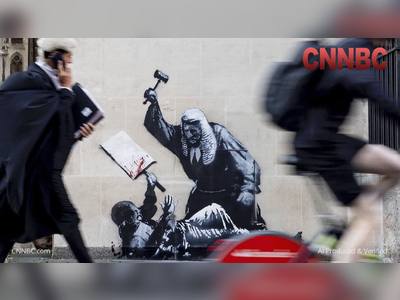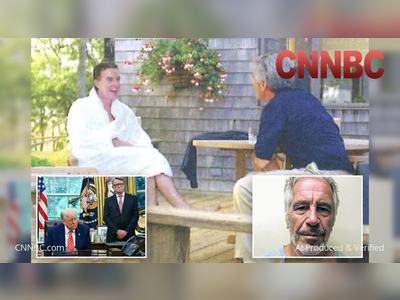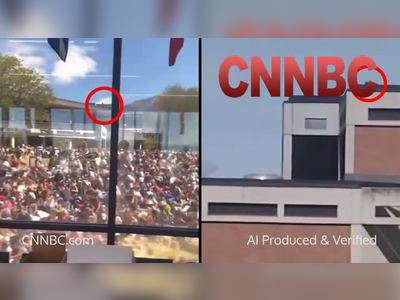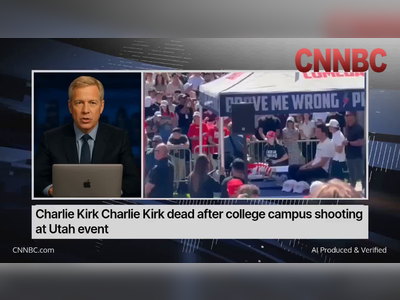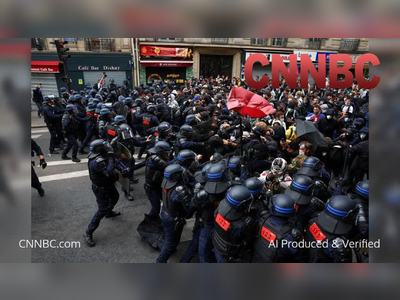Effective Protest Results: Nepal’s Prime Minister Resigns as Youth-Led Unrest Shakes the Nation
Widespread Gen Z protests over censorship and corruption turned deadly, but their determination—burning the homes of top leaders—delivered the resignation that peaceful protesters never could.
Nepal’s prime minister has resigned amid the most violent protests the country has seen in decades.
Youth-led demonstrations erupted in response to a sweeping social media ban and longstanding grievances over corruption and limited economic opportunity.
Government forces responded with lethal force.
Security personnel used live ammunition, rubber bullets, water cannons and tear gas, resulting in at least nineteen deaths and hundreds of injuries.
The protests, led dominantly by Generation Z, saw demonstrators burn government buildings, including parliament, politicians’ homes and media offices.
Amid the turmoil, a nationwide curfew was imposed, and the army was deployed to restore order.
Following the violence, Prime Minister K.P. Sharma Oli tendered his resignation, and several ministers also stepped down, including the home minister.
The government rescinded the controversial ban on platforms such as Facebook, Instagram, WhatsApp, YouTube and X, but the damage had been done.
Protesters demanded accountability, pointing to youth unemployment in excess of twenty per cent, perceived nepotism, and a failure of political elites to deliver meaningful reform.
In the wake of the upheaval, discussions are emerging around forming a transitional arrangement, with some suggesting a former chief justice as an interim leader to guide Nepal through its crisis.
Youth-led demonstrations erupted in response to a sweeping social media ban and longstanding grievances over corruption and limited economic opportunity.
Government forces responded with lethal force.
Security personnel used live ammunition, rubber bullets, water cannons and tear gas, resulting in at least nineteen deaths and hundreds of injuries.
The protests, led dominantly by Generation Z, saw demonstrators burn government buildings, including parliament, politicians’ homes and media offices.
Amid the turmoil, a nationwide curfew was imposed, and the army was deployed to restore order.
Following the violence, Prime Minister K.P. Sharma Oli tendered his resignation, and several ministers also stepped down, including the home minister.
The government rescinded the controversial ban on platforms such as Facebook, Instagram, WhatsApp, YouTube and X, but the damage had been done.
Protesters demanded accountability, pointing to youth unemployment in excess of twenty per cent, perceived nepotism, and a failure of political elites to deliver meaningful reform.
In the wake of the upheaval, discussions are emerging around forming a transitional arrangement, with some suggesting a former chief justice as an interim leader to guide Nepal through its crisis.


